Ceres is the nearest dwarf planet to our sun and located between the orbits of planet Mars and Jupiter in the main asteroid belt. It is the largest object and only known dwarf planet in the asteroid belt region. Ceres is the only dwarf planet that exists within Neptune’s orbit.
Ceres dwarf planet is the only known object in the region of the main asteroid belt that is rounded by its own gravity. It was discovered in 1801 and then it was considered as a planet. Then it got classified into an asteroid but in 2006 IAU (International Astronomical Union) reclassified it into a dwarf planet. Ceres is named after the Roman goddess of agriculture, grain plants, and harvests.
Physical characteristics of Ceres:-
- Orbital period: 1683 days (4.6 years)
- Average orbital speed: 17.90 km/sec around the sun
- Mean diameter: 945 km
- Mass: 9.3 × 1020 kg (0.013 times of moon)
- Volume: 4.34 × 108 km3
- Average density: 2.16 gm/cm3
- Surface gravity: 0.28 m/sec2 (0.029 times of earth)
- Escape velocity: 0.51 km/sec
Ceres Facts
The dwarf planet Ceres is the closest to earth, so it would be interesting to know some amazing facts about Ceres dwarf planet.
-
1st discovered dwarf planet
In 1772 a German astronomer Johann Elert Bode suggested that there could be a planet between the orbit of Mars and Jupiter. In Jan 1801 an Italian Catholic priest and astronomer Giuseppe Piazzi discovered the Ceres. Piazzi was searching for a star but he found a moving object and reported it as a comet. Later it was considered as an asteroid but in 2006 it got reclassified as a dwarf planet.
-
Most massive object in the Asteroid belt region
Ceres is the most massive object in the region of the main asteroid belt. Though it does not have too much mass still. Its mass is 9.3 × 1020 kg which is almost only 0.013 times to our moon.
There are millions of asteroids in the asteroid belt and they have irregular shapes. Ceres is the only known object in this region that is rounded by its own gravity because of its higher mass.
-
On the ceres, your weight will be lower than your mass
It is one of the interesting facts of ceres that your weight will be lower than your actual mass. Isn’t it? It’s because of its low gravity on the surface of ceres. The surface gravity of the Ceres dwarf planet is almost 0.28 m/sec2. Let’s check this Ceres fact with an example.
Suppose your actual mass is 10 kg, so your weight on the earth would be almost 98 kg force (Note- Weighing machine normally measure weight, e.g. if you are 98 kg on weighing machine then it is your weight, and your mass would be around 10 kg). If you go on the Ceres your mass will be the same as 10 kg but your weight will be only 2.8 kg force.
-
Smallest object confirmed to be in hydrostatic equilibrium shape
According to the International Astronomical Union (IAU) to be a planet or a dwarf planet it is mandatory to be in hydrostatic equilibrium shape (almost round shape). Ceres is the smallest object confirmed by IAU to be in the hydrostatic equilibrium shape with its own gravity.
The surface area of the ceres is almost 2,770,000 km2 and this area is smaller than the land area of the country India and is almost the same as the surface area of Argentina.
-
Closest dwarf planet to our Sun and Earth
Dwarf planet Ceres is located in the region of the main asteroid belt of the inner solar system. Ceres is the closest dwarf planet to the Sun as well as to the Earth. The average distance from the sun is almost 418 million kilometers (2.77 AU). With this distance, the sun-light takes almost 22 minutes to reach on the surface of Ceres.
As the distance between Sun and Earth is 1 AU, then the closest distance of Ceres would be 1.77 AU from the earth. Whereas the farthest distance from the earth could reach up to 3.77 AU.
-
A day on ceres is only 9 hours long
It completes one rotation around its axis in 9 hours and 4 minutes to complete its one day. This time duration is called Cererian day. While dwarf planet ceres take 4.6 earth years to complete one orbit around the sun and this period is called one year of the Ceres.
-
Largest in the asteroid belt but smallest in IAU defined dwarf planet list
In August 2006, the International Astronomical Union (IAU) has reclassified 5 dwarf planets in our solar system. According to their increasing size, these are Ceres, Makemake, Haumea, Eris, and Pluto. (know more about:- Planets vs Dwarf Planets).
Pluto is the largest dwarf planet defined by IAU with a diameter of approximately 2380 km. Whereas Ceres is the smallest in all with a diameter of almost 945 km. But when we consider the main asteroid belt, Ceres is the largest dwarf planet in the inner solar system region.
-
Ceres dwarf planet does not have any ring system
It does not have any ring system. Even any of the objects of the asteroid belt could not have a ring system because of their low mass and gravity.
-
Scientists detected water vapor on it
The ceres dwarf planet is made up of mostly by ice, rocks, and clays. The surface of the Ceres is relatively warm, so the sublimation process (solid directly converts into gas) happens on it. Usually, the ice sublimates at a vacuum. Scientists have found evidence of water vapors in 2016 by the Dawn mission.
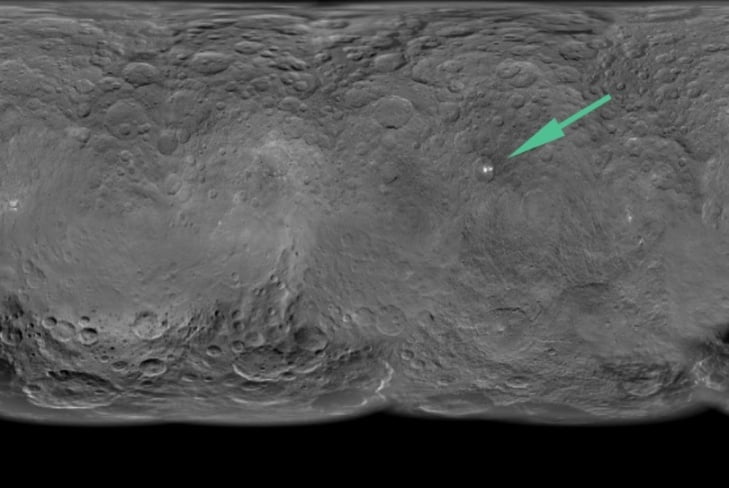
Dwarf planet ceres have many craters, in which some craters have a bright spot. According to scientists, these spots are evidence of any type of salts compounded with water vapor.
-
No evidence of the atmosphere have found yet
There is no evidence has been found yet that can claim the presence of an atmosphere on the Ceres. Only the evidence of some water vapor is available so far. This water vapor only can generate a vapor-atmosphere in a very low quantity.
-
Scientists always classify it (poor ceres- lol fact)
It was discovered in January 1801 by an Italian Catholic priest and astronomer Giuseppe Piazzi. Piazzi was searching for a star but found an object between the orbit of Mars and Jupiter. Firstly he thought and reported it as a Comet. Then it was considered as a planet with other asteroid belt objects like Pallas, Juno, and Vesta.
When astronomers found many objects in the asteroid belt region like these, then in 1850 they again reclassified them as asteroids from the planets. But scientists didn’t stop here and they again reclassified Ceres into a dwarf planet in 2006.
-
Possibility of life on the ceres dwarf planet
According to the presence of water vapor and some organic compounds on Ceres, scientists have estimated that there may be a possibility of life on the Ceres dwarf planet.
-
IAU defined only dwarf planet with no moon
IAU has defined 5 dwarf planets, and Ceres) in our solar system. Four dwarf planets (Pluto, Eris, Haumea, and Makemake) have at least one moons that orbit around them. Only Ceres dwarf planet does not have any moon. Even Pluto’s largest moon Charon has a diameter of 1212 km and is larger than the dwarf planet Ceres.
-
Ceres is the first dwarf planet visited by a spacecraft
A spacecraft named ‘Dawn’ launched by NASA in 2007 entered the orbit of Ceres on 6 March 2015. So Ceres is the first dwarf planet visited by any spacecraft. Though four months later in July 2015 a space probe ‘New Horizons’ flew near to the dwarf planet pluto.
-
It was considered a planet for almost 50 years
After the discovery of Ceres, it was considered as a planet. But in 1850 almost after half a century (50 years), it was classified as an asteroid.
How did ceres get its name?
Ceres is named after the Roman goddess of agriculture, grain plants, and harvests. At first, Piazzi named it Cerere Ferdinandea. Ferdinandea was the king of Sicily and this name was not accepted by other astronomers. Only the name Ceres is accepted and adopted by scientists. A rare-earth element ‘Cerium’ was discovered in 1803 and it was named after Ceres.
- How Many Planets Exist in the Universe — A Cosmic Estimate

- 5 Best Solar System Backpacks in 2025

- Mass of Planets in Order from Lightest to Heaviest
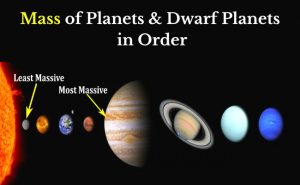
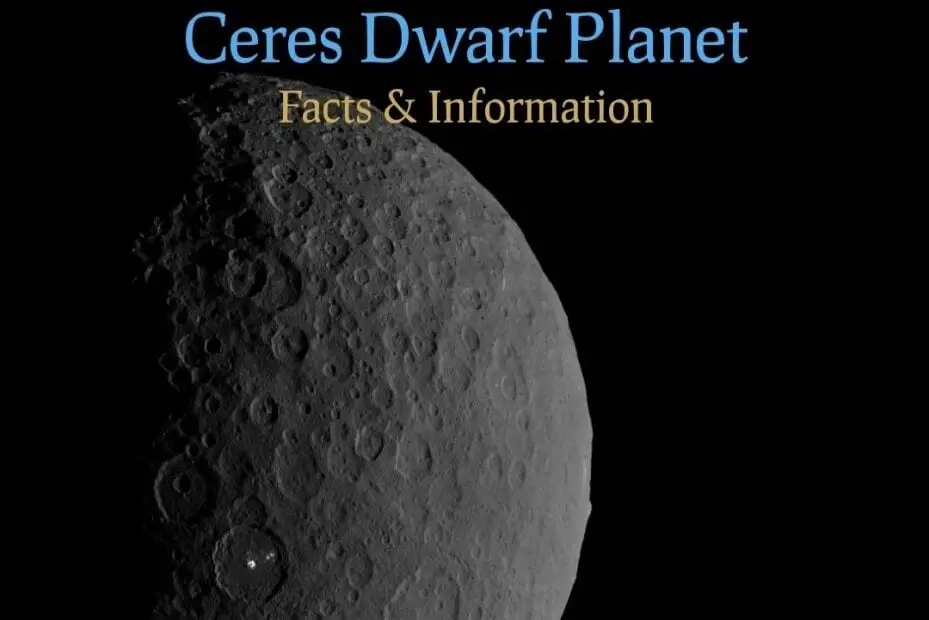
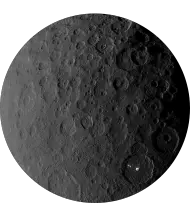


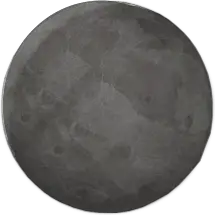

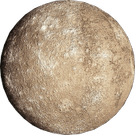
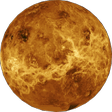
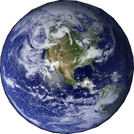
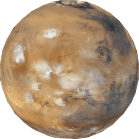
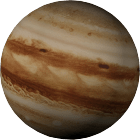
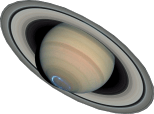
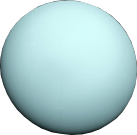
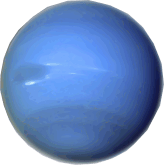
Thanks for this inspirational and very well written article.
I’m glad! you like it.
I love the all facts about Ceres… I got what I was searching for… Thank you for this article…
Comments are closed.